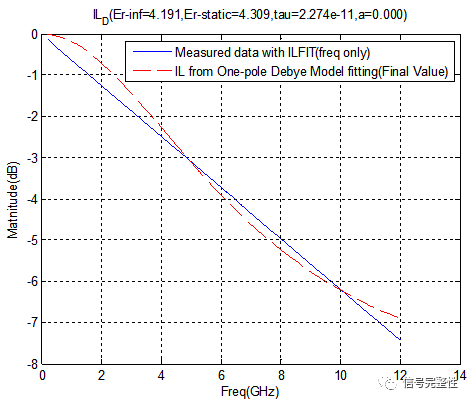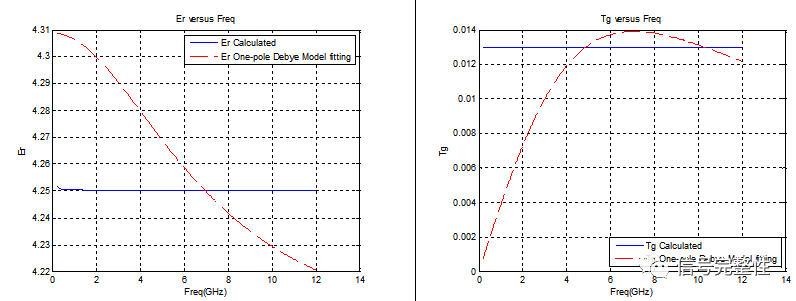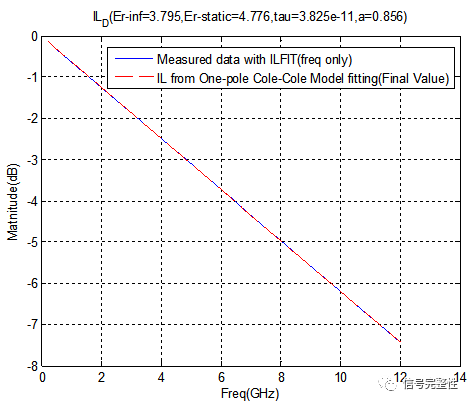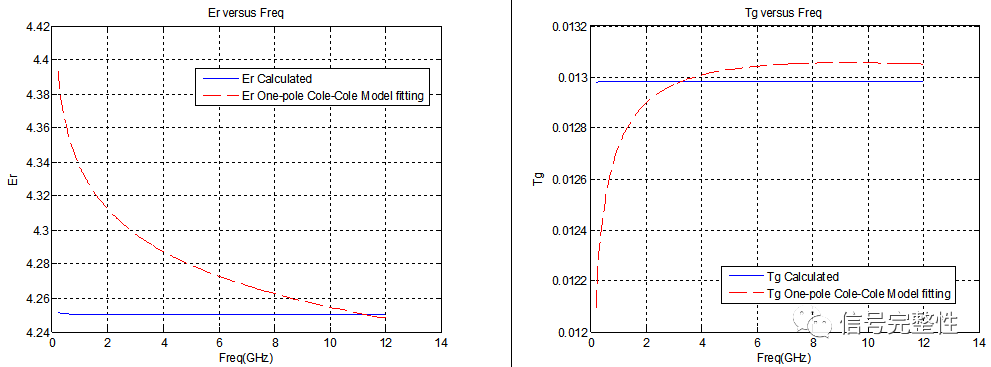In a high-speed circuit, any component will affect the performance of the circuit. For PCB materials, it has a very significant impact on the actual performance of the circuit and the simulation of high-speed signal integrity integrity. The accuracy of signal integrity simulation is largely dependent on the accuracy of the simulation model and the model. This article is an introduction to the extraction of PCB material parameters. The author of this article is Huang Chunxing, general manager of Shenzhen Zeze Electronics Co., Ltd. The original title of this article is "One-pole Debye/Cole-Cole Model Fitting for Multiple Frequencies of Complex Dielectric Constants." Interested engineers can refer to this article to try to do it. Below, please see Huang's deduction: First, the model formula One-pole Debye model: One-pole Cole-Cole model It is not difficult to find that when the Cole-Cole model parameter a=0, the model degenerates into the Debye model. Second, stripline method to measure the complex dielectric constant of PCB media A strip line method is used to measure the complex dielectric constant of a PCB medium, and the measured S-parameter matrix is ​​converted into an ABCD matrix. Among them, ac is conductor loss, ad is dielectric loss Calculate the complex permittivity of the plate according to the above formula: Remarks: This S-parameter is obtained by simulation. The dielectric constant of the sheet is set as a constant and does not satisfy the causality requirement. From the extraction results, Er and Tg are data containing a large number of frequency points, but, generally speaking, the first-order Debye model input can only input the result values ​​of two frequency points, and the values ​​of other frequency points are ignored. Third, One-PoleDebye model to fit multi-frequency complex permittivity Assumptions: 1. Use the One-Pole Debye model to fit the complex permittivity of the plate, focusing on the model's loss fitting accuracy 2. The fitting of the dielectric constant Er and the tangent loss angle tg is reflected in the loss formula, allowing certain deviations, and has almost no effect on passive index processing and active simulation of high-speed links. Objective function: 1, the actual dielectric loss function: the actual channel insertion loss fitting processing, take out the frequency f square of the fitting factor, according to the coefficient, calculate the actual dielectric loss of the channel; 2. Define the dielectric loss fitting function: 3, define the error function For the One-Pole Debye model or One-PoleCole-Cole model, by searching for unknown parameters It is worth noting: 1. Since the definition of the error function and the search parameters are non-linear, most of the time, the local optimal solution is found instead of the global optimal solution. Therefore, a reasonable initial value is provided, and the solution to meet the accuracy requirements is obtained. The result is also very important. 2. If the impact of active simulation is the key consideration, weights of the power spectral density of the simulated signal at each frequency point can be introduced to handle the weights of different frequency points. 3.1 One-Pole Debye model fitting results: From the plate loss fit results, the One-Pole Debye fit results are not particularly good. This is mainly due to the fact that the adjustable parameters of the One-Pole Debye model are relatively limited, and at the same time, the tangent loss angle Tg deviates from the test value in the low frequency range, resulting in too low dielectric loss. 3.2 One-PoleCole-Cole model fitting results: From the plate loss fitting results, the One-Pole Cole-Cole fitting results are very good. This is mainly due to the parameter a of the One-Pole Cole-Cole model. Adjusting the relaxation time allows the model to better adapt to the frequency domain characteristics of the panel. At the same time, the tangent loss angle Tg is also very small in the low frequency range.
ZGAR Vape Device 5.0
ZGAR electronic cigarette uses high-tech R&D, food grade disposable pod device and high-quality raw material. All package designs are Original IP. Our designer team is from Hong Kong. We have very high requirements for product quality, flavors taste and packaging design. The E-liquid is imported, materials are food grade, and assembly plant is medical-grade dust-free workshops.
From production to packaging, the whole system of tracking, efficient and orderly process, achieving daily efficient output. We pay attention to the details of each process control. The first class dust-free production workshop has passed the GMP food and drug production standard certification, ensuring quality and safety. We choose the products with a traceability system, which can not only effectively track and trace all kinds of data, but also ensure good product quality.
We offer best price, high quality Vape Device, E-Cigarette Vape Pen, Disposable Device Vape,Vape Pen Atomizer, Electronic cigarette to all over the world.
Much Better Vaping Experience!
E-Cigarette Vape Pen,Disposable Device Vape,Vape Pen Atomizer,Latest Disposable E-Cigarette OEM vape pen,OEM electronic cigarette ZGAR INTERNATIONAL(HK)CO., LIMITED , https://www.szdisposable-vape.com
Of course, there are many methods for extracting PCB material parameters. At present, the industry adopts ADS fitting extraction as a mainstream method. The following figure is the extraction of PCB parameters of a project made by Xiao Bian some time ago, and then compared with the results of the test and simulation, the transmission line of 10 inches is very accurate in the frequency range of concern: 

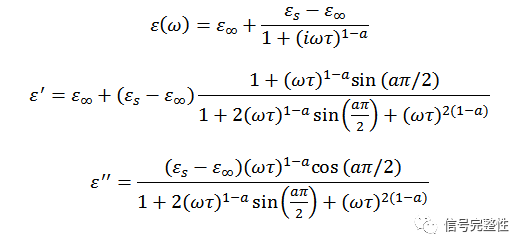
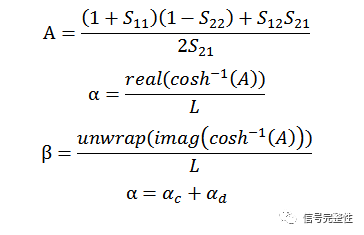
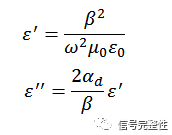



 Using the least square method of nonlinear curve fitting, the error function E is minimized.
Using the least square method of nonlinear curve fitting, the error function E is minimized. 